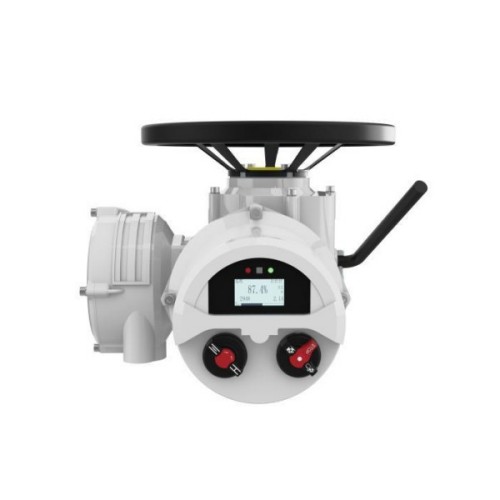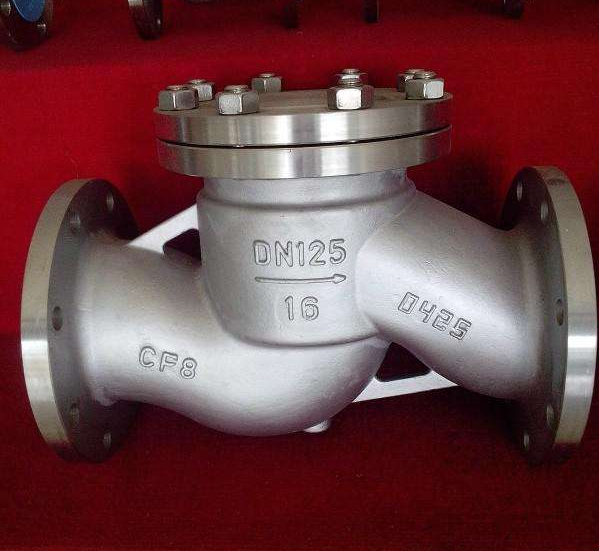Different Types of Flanges for Piping & Pressure Vessels High-Quality, Durable Solutions
- Fundamental flange categories and specifications
- Critical performance data and engineering advantages
- Comparative analysis of leading flange manufacturers
- Specialized customization for challenging installations
- Material science innovations in flange production
- Industry-specific implementation case studies
- Future developments in pressure boundary technology

(different types of flanges used in piping)
Understanding Fundamental Flange Categories and Specifications
Piping infrastructure relies on numerous flange configurations to maintain structural integrity. Weld neck flanges dominate high-pressure scenarios with their tapered hub design, commonly deployed in systems exceeding 900 psi. Slip-on variants offer 40% faster installation for moderate-pressure applications under 600 psi. Blind flanges serve as essential pressure boundary closures during maintenance, while lap joint types with stub ends facilitate frequent disassembly operations. Threaded alternatives provide economical solutions for non-critical, low-pressure lines below 300 psi. Socket weld flanges deliver enhanced fatigue resistance for small-bore piping in vibration-prone environments. Industry standards including ASME B16.5 and API 6A define dimensional tolerances and pressure-temperature ratings critical for safe operations.
Critical Performance Data and Engineering Advantages
Modern flange engineering provides measurable improvements in leak prevention and longevity. Recent pressure testing demonstrates advanced spiral-wound gaskets reduce fugitive emissions by 82% compared to traditional flat designs. Extended vanstone flanges compensate for substantial pipeline misalignment—up to 5 degrees angular deflection—eliminating costly ancillary equipment. For sour service applications, modern austenitic alloys maintain corrosion rates below 0.1mm/year even at H2S concentrations above 150 ppm. High-integrity designs achieve fatigue cycles exceeding 10 million under 70% yield stress fluctuations. Computational flow dynamics modeling optimizes internal geometries, reducing turbulence-induced erosion by 30%. Surface hardening treatments like boronizing increase flange hardness beyond 1,000 HV, extending service life in abrasive media environments by 400%.
Comparative Analysis of Leading Industrial Suppliers
| Manufacturer | Pressure Class Range | Lead Time (weeks) | Corrosion Resistance (CR) | Industry Certifications |
|---|---|---|---|---|
| Velan | 150-2500 | 8-12 | Excellent (ASTM A350 LF3) | PED, NACE MR0175 |
| Metraflex | 150-900 | 5-8 | Superior (Alloy 625) | ASME III, NORSOK |
| ProFlow Systems | 150-600 | 4-6 | Good (316L SS) | API 607, ISO 9001 |
| TecnoValves | 300-1500 | 12-16 | Exceptional (Hastelloy C276) | ATEX, IBR Approved |
Third-party validation by DNV GL confirms pressure-tight sealing performance differentials up to 37% between premium and economy-grade flanges during thermal cycling tests. Supply chain evaluations indicate specialized nuclear-rated flanges command 70-80% longer lead times due to rigorous material traceability requirements.
Custom Solutions for Challenging Installations
Unconventional applications necessitate bespoke engineering approaches. For LNG terminals operating at -196°C, specialized cryogenic flanges incorporate Charpy V-notch impact values exceeding 40J at minimum design temperature. Recent offshore projects implemented 96-inch diameter Orifice flanges with ±0.02mm bore tolerance for custody transfer metering. In high-radiation zones, boron-infused carbon steel flanges provide 5x greater neutron attenuation than standard materials. Custom clad versions with explosion-bonded stainless layers reduce material costs by 45% while maintaining corrosion resistance. For seismic zones, patented flexible flange joints accommodate 120mm axial movement without loss of sealing integrity.
Material Technology Advancements in Pressure Management
Metallurgical innovations continuously redefine flange capabilities. Dual-certified 22Cr duplex stainless steels combine yield strengths above 550 MPa with PREN values exceeding 38, outperforming conventional 316SS by 300% in chloride environments. Composite-reinforced polymer options eliminate galvanic corrosion in chemical processing while reducing weight by 85%. Emerging manufacturing techniques like HIP (Hot Isostatic Pressing) eliminate internal defects, improving fatigue resistance beyond 25,000 cycles. Research institutions report experimental nanocrystalline nickel coatings decrease hydrogen embrittlement susceptibility by altering diffusion kinetics. For ultra-high-temperature applications exceeding 800°C, specialized nickel-based superalloys maintain creep rupture strength above 100MPa after 10,000 hours.
Documented Applications Across Key Industries
Geothermal Power Generation: Iceland's Hellisheiði facility utilizes titanium Grade 2 RTJ flanges managing 180°C brine at pH 3.5 with zero corrosion after 8 years continuous operation. Refinery Expansion: Saudi Aramco's Jazan project deployed 15,000 modified ring-type joints with laser-aligned bolt holes, reducing commissioning time by 6 weeks. Subsea Gas Transmission: Equinor's Polarled pipeline features 400m-rated hub connections maintaining seal integrity at 6°C and 300bar. Municipal infrastructure upgrades in Tokyo incorporated earthquake-resilient flange systems absorbing 120% more energy during seismic events than conventional assemblies.
Future Trajectories in Pressure Boundary Technology
Smart monitoring systems represent the next frontier for piping systems. The different types of flanges used in pressure vessels increasingly incorporate embedded sensors capturing real-time bolt load and gasket stress data. Advanced non-destructive testing using phased array ultrasonics now detects flaws as small as 0.3mm without disassembly. Digital twin technology tracks flange degradation across entire processing facilities, enabling predictive maintenance 45% earlier than conventional schedules. Industry 4.0 integration connects flange performance data directly with distributed control systems, initiating automatic shutdown protocols during seal failure events. Emerging additive manufacturing permits complex internal cooling channels in high-temperature applications, while graphene-enhanced gasket materials demonstrate zero permeability at 600°C. Standardization bodies predict API 17TR8 will establish new verification protocols for smart flange implementations by 2026.

(different types of flanges used in piping)
FAQS on different types of flanges used in piping
Q: What are the different types of flanges used in piping?
A: Common types include Weld Neck, Slip-On, Socket Weld, Blind, Threaded, and Lap Joint flanges. Each serves specific purposes like high-pressure resistance, easy alignment, or temporary connections. Material and design depend on system requirements.
Q: How do Slip-On and Weld Neck flanges differ in piping applications?
A: Slip-On flanges slide over pipes and are welded for low-pressure systems, while Weld Neck flanges have a tapered hub for high-pressure/temperature use. Weld Neck types reduce stress concentrations, making them ideal for critical applications.
Q: Which flange types are commonly used in pressure vessels?
A: Pressure vessels often use Integral, Loose, and Tongue and Groove flanges. Integral flanges are forged with the vessel for high-pressure integrity, while Tongue and Groove types ensure leak-proof sealing in critical joints.
Q: When should a Blind flange be used in piping systems?
A: Blind flanges seal pipe ends or valve openings during maintenance or future expansions. They lack a bore, making them ideal for pressure testing or isolating sections. Material choice matches the pipeline’s specifications.
Q: What factors determine flange selection for high-pressure piping?
A: Pressure rating, temperature, fluid type, and material compatibility dictate flange choice. Weld Neck or RTJ (Ring-Type Joint) flanges are preferred for high-pressure systems due to their robust sealing and stress distribution.
-
The Key to Fluid Control: Exploring the Advantages of Ball Valves in Industrial SystemsNewsJul.09,2025
-
The Versatile World of 1, 2, and 3 Piece Ball ValvesNewsJul.09,2025
-
Stainless Steel Ball Valves: The Ideal Choice for Efficient Flow ControlNewsJul.09,2025
-
Optimizing Fluid Control with Ball Float ValvesNewsJul.09,2025
-
Manual Gate Valves: Essential for Control and EfficiencyNewsJul.09,2025
-
Everything You Need to Know About Butterfly ValvesNewsJul.09,2025
-
The Versatility of Wafer Type Butterfly ValvesNewsJul.08,2025




